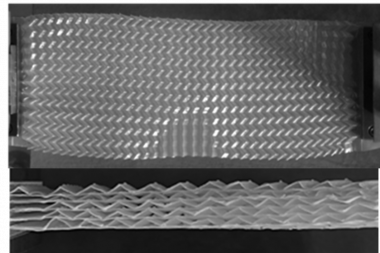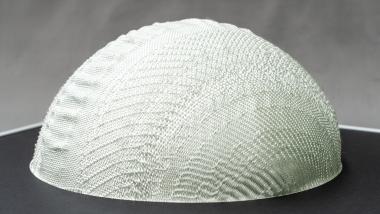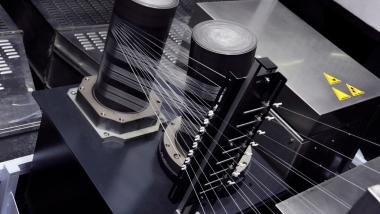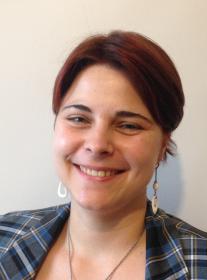Autoneum recognized as a Top Employer 2024 in Switzerland
The Top Employers Institute has recognized Autoneum as a Top Employer 2024 in Switzerland. Being certified as a Top Employer showcases an organization’s dedication to a better world of work and exhibits this through their policies and people practices. This year, the automotive supplier's Human Resources (HR) department at its headquarters in Winterthur, Switzerland, took part in the comprehensive survey of the Top Employers Insti-tute for the first time and achieved an outstanding result.
The institute has been auditing companies worldwide for over 30 years. The certification program, which is based on an international standard, makes HR measures and their impact on employee conditions objectively measurable. To achieve this, the Top Employers Institute certifies organizations based on the participation and the results of their HR Best Practices Survey. This survey covers six HR domains consisting of 20 topics including People Strategy, Work Environment, Talent Acquisition, Learning, Diversity, Equity & Inclusion, Wellbeing and more.
The program has certified and recognized over 2 300 Top Employers in 121 countries/regions across five continents.
Autoneum Management AG
















